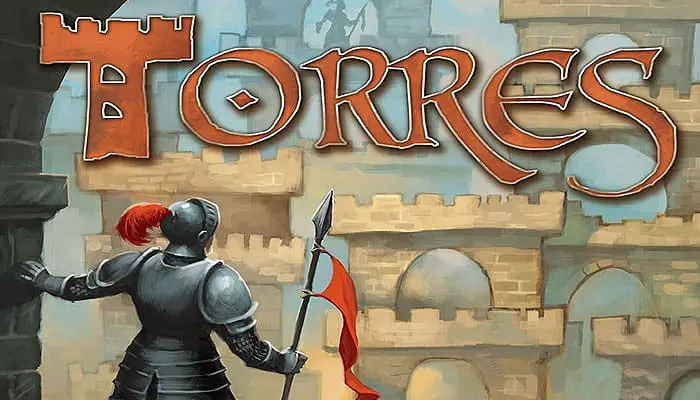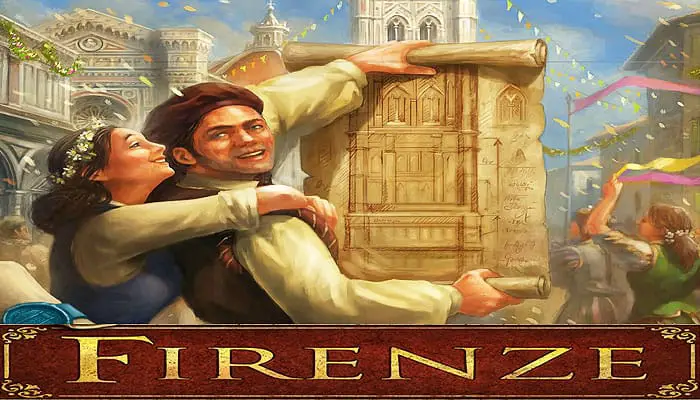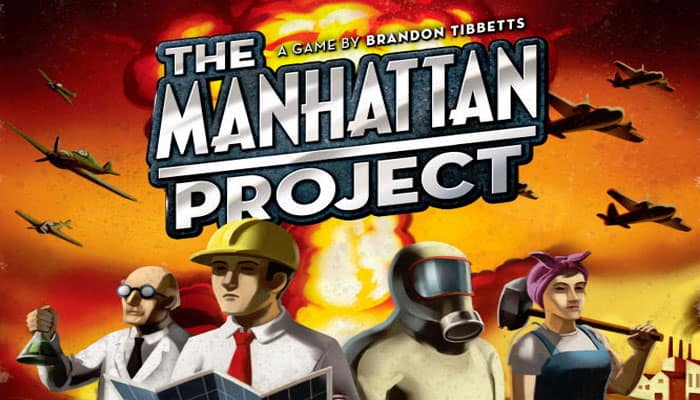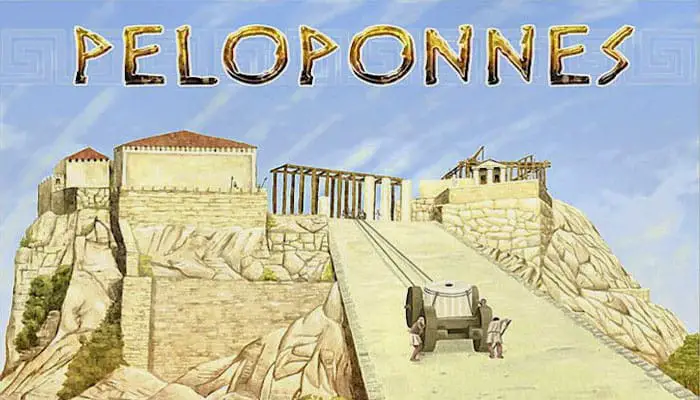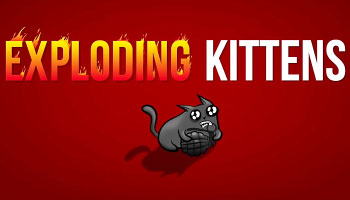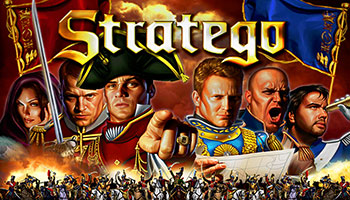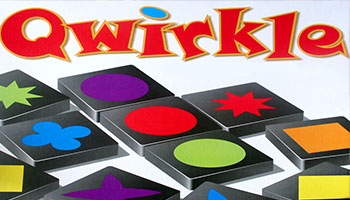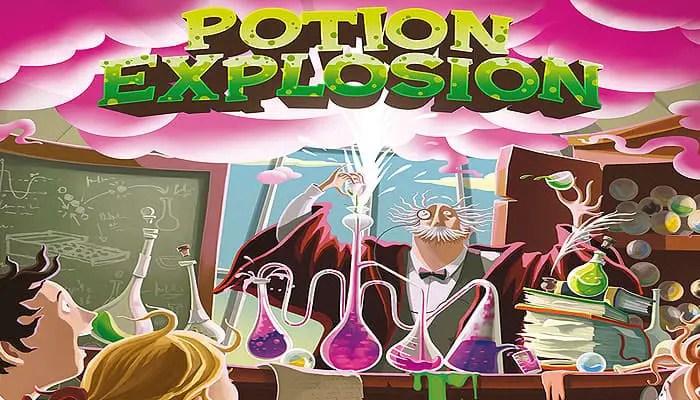
To brew your Potions, take one Ingredient marble from the Dispenser each turn, and make Ingredients of the same color collide to make them explode (and take them too)! The bigger the explosions, the faster you'll brew your potions!
Each Potion recipe may need between 4 and 7 Ingredients. They are represented by the holes on the Potion tiles themselves. Put the marbles of the correct color on your Potion tiles: when all the holes have been filled with a marble of the corresponding color, the Potion is completed. …



